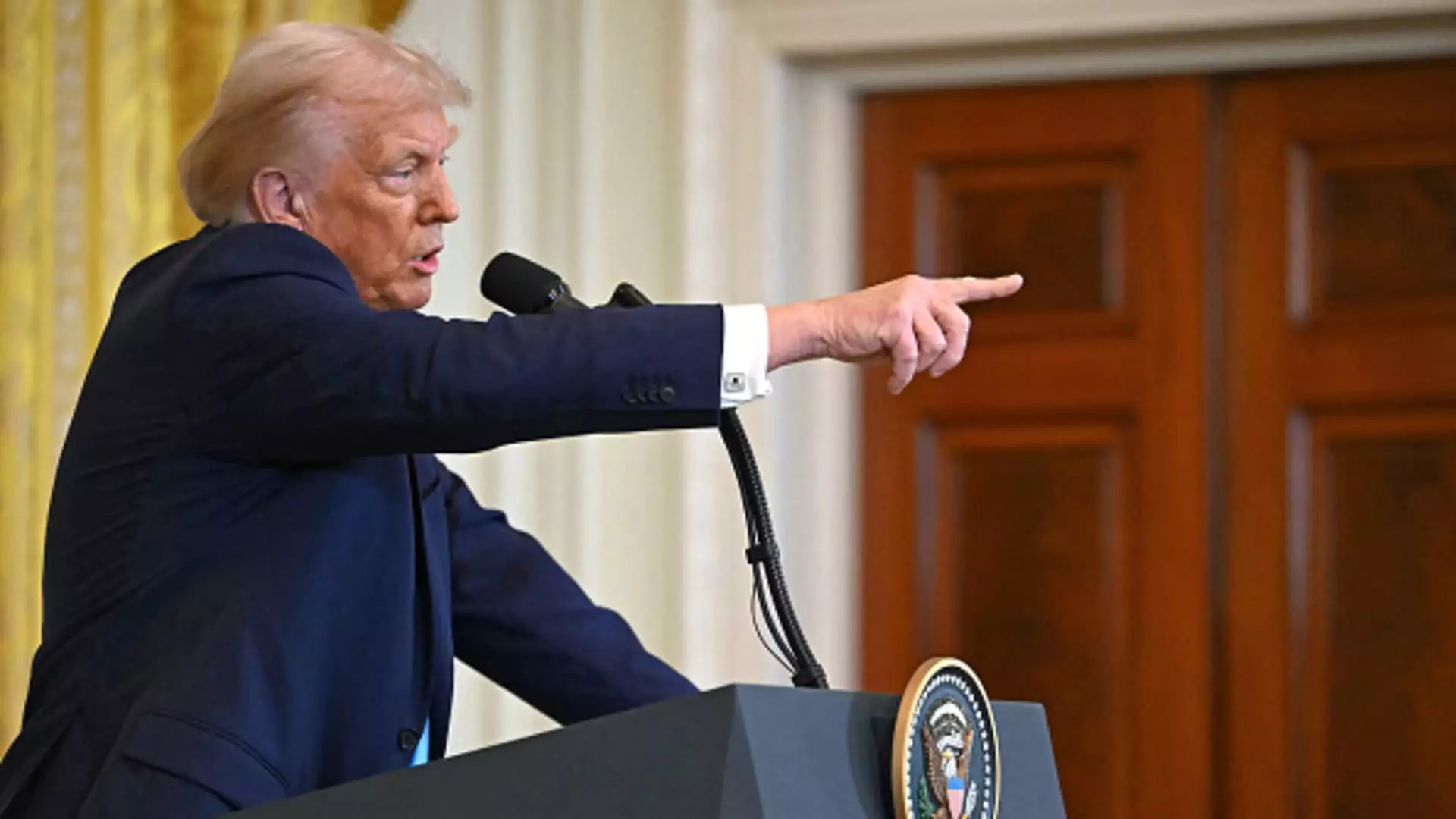The ongoing discussions surrounding the “carried interest loophole” highlight a significant aspect of the American tax system, particularly as it pertains to the treatment of earnings in the investment sector. This loophole primarily benefits private equity, venture capital, and hedge fund managers by allowing them to benefit from preferential tax rates. Specifically, the income derived from carried interest is taxed at a much lower rate compared to ordinary income. Currently, long-term capital gains tax is set at 20% for high earners, along with an additional 3.8% net investment income tax. In contrast, the top ordinary income tax rate sits at 37%.
The mechanics of carried interest mean that investment fund general partners receive a portion of their earnings linked directly to the fund’s performance. Essentially, when these managers profit from the investment, a significant chunk of their earnings is classified as carried interest, which allows them to exploit the more favorable tax treatment designed for long-term capital gains.
Despite widespread bipartisan recognition of the challenges posed by this loophole, substantial political hurdles remain. Advocacy groups including the American Investment Council strongly defend the current structure, arguing that it fosters job creation and supports both small businesses and local economies. This creates an interesting dynamic where, even as lawmakers from both sides of the aisle express a desire for reform, the lobbying power of the investment sector continues to apply significant pressure to maintain the status quo.
Tax policy analyst Garrett Watson indicates that while closing the loophole has emerged as a common objective, the entrenched interests within the finance industry push back vigorously against significant tax reform. These complexities reflect not just on the surface-level conflict between taxpayers and affluent fund managers, but also delve into deeper implications regarding value generation and wealth disparity in society.
Former President Donald Trump’s administration made attempts to tackle this loophole, although substantive measures were less impactful than initially promised. During Trump’s first term, only minor changes to the capital gains holding period were enacted under the Tax Cuts and Jobs Act of 2017. These adjustments extended the required holding period for long-term capital gains from one year to three years—a move many critics argue is insufficient with respect to the underlying inequities.
As any potential overhaul of the carried interest provision takes shape, it becomes critical to examine the broader fiscal context. Addressing revenue shortfalls from tax cuts while meeting spending priorities adds another layer of complexity. The notion of deriving significant income through the elimination of the carried interest loophole is often termed a “drop in the bucket” compared to the trillions of dollars needed to fund other expiring tax breaks.
Ultimately, the debate surrounding the carried interest loophole is emblematic of larger issues within the U.S. tax system, tapping into discussions about equity and economic fairness. With resistance from both sides of the aisle, genuine reform remains elusive. Future discussions will likely require not just political will but a shift in perceptions about the value of investment earnings versus labor income. As America continues to grapple with an evolving economic landscape, the carried interest loophole stands as a bellwether for how policymakers address systemic inequalities inherent in the current tax framework.

